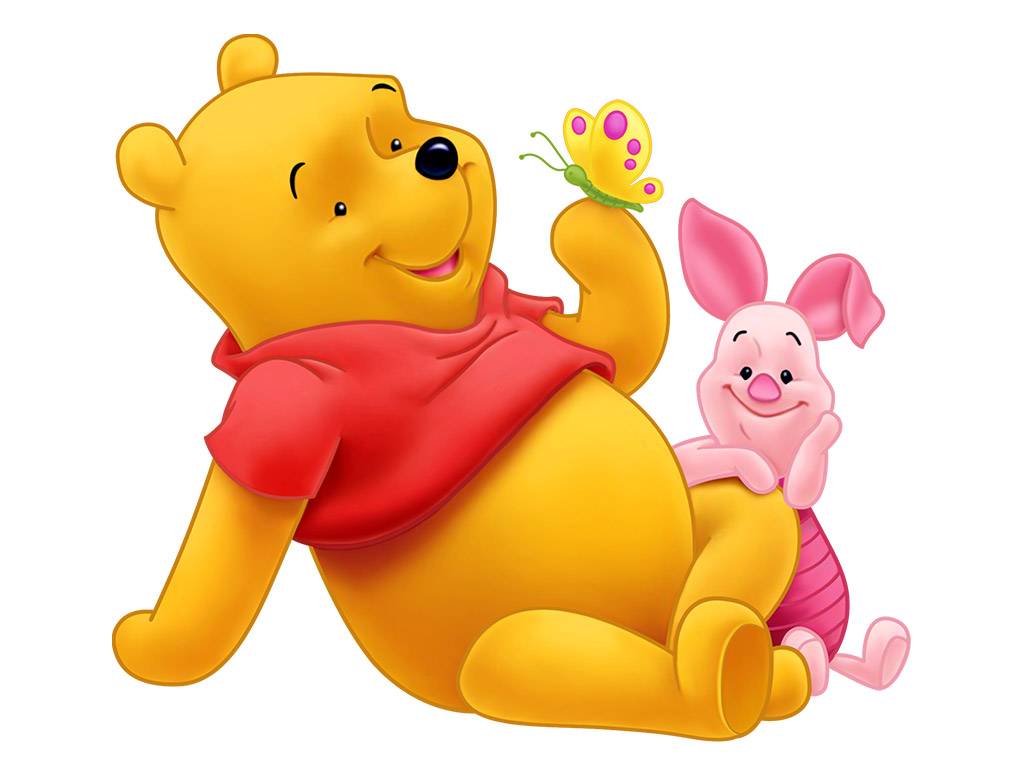The POOH System to Get Creative

—
How do people who have great ideas come up with them? Do those who rely on inspiration to do their work use a special system? What strategies do marketeers, writers, artists, designers, and more, use to create new work?
I recently read a book on this topic as preparation for an offsite I was asked to create. In Strategic Intuition, William Duggan reviews some of History’s most creative minds to distill the formula they used to come up with innovative solutions.
I’m not going to share the formula (at least not all of it) because the book is really worth the read. Instead I’ll share how it relates to the creative work I do. I design and deliver offsites for executive teams, often the same teams. So coming up with different ideas for the same crowd can be a challenge.
The team leader who suggested I read book, whom I’ve been working with for years, said: “If you look at how you prepare your offsites, you’ll probably notice that the elements of the formula are somehow involved in your creative process.”
Now that’s an interesting endeavour. So I did and I noticed that in fact there is a pattern — hence the acronym “POOH” — that I have been using for nine years to build workshops and facilitation sessions. I believe it can be applied for other creative purposes. So here it goes for you to try the next time you need ideas.
After meeting with the team lead, and bearing in mind that the mind cannot not answer a question, I consider the following:
Purpose: I ask myself: Why are we going to do this? What meaningful reasons do we have? I answer this in one short sentence. Nietzsche said that those who have a why to live for can bear almost any how. Purpose is powerful. Purpose is the engine of creativity, while also being the guard rails of the creative process. No guard rails on the road means you can end up derailed. An example of a purpose for a team offsite is: We’re doing this because we rely on trust to get work done, and we want to increase trust in the team.
Objectives: I ask myself: What needs to be done? What needs to happen? I write down all that comes to mind. Then, even if I have no idea yet of how to achieve this, I choose the top three specific actions I’m aiming to achieve. Given the purpose above, an example of an objective could be: Show vulnerability to teammates.
Outcomes: I ask myself: What will be the consequences of achieving these objectives? Here we are looking for the end state that emerges from achieving the specific actions. Outcomes allow us to assess to the degree to which we’ve achieved the objetives. Given the above, an example of an outcome is: Teammates express a renewed appreciation for one another other, as a consequence of everyone having shown vulnerability.
Hunches: I ask myself: If I knew how to make all this happen, what would I do? I write down whatever comes to mind. These are the intuitions of how we’ll achieve the objectives, the gut feeling about the strategies that will lead to the outcomes. An example of a hunch in this case is: Share a personal story about a failure in life.
And that’s it. Like all good wine, ideas need to age. I’m done for now. I’ve given my mind all the information it needs in order to search my memory files and combine information is a new way to come up with new ideas. And my mind does.
In the course of the following week, or two, ideas pop up. And when they do, I write them down in the same place. Lo and behold I now have enough material to design a new, relevant and coherent offsite.
What is your process for creative work? Do we have anything in common? Is this useful in any way? I would love to hear from you.
BTW, the “search” and “combine” bits are part of the formula in the book. 😉
PS: Special thanks to my friend Marie Eouzan for inspiring the idea for this post. 🙂

